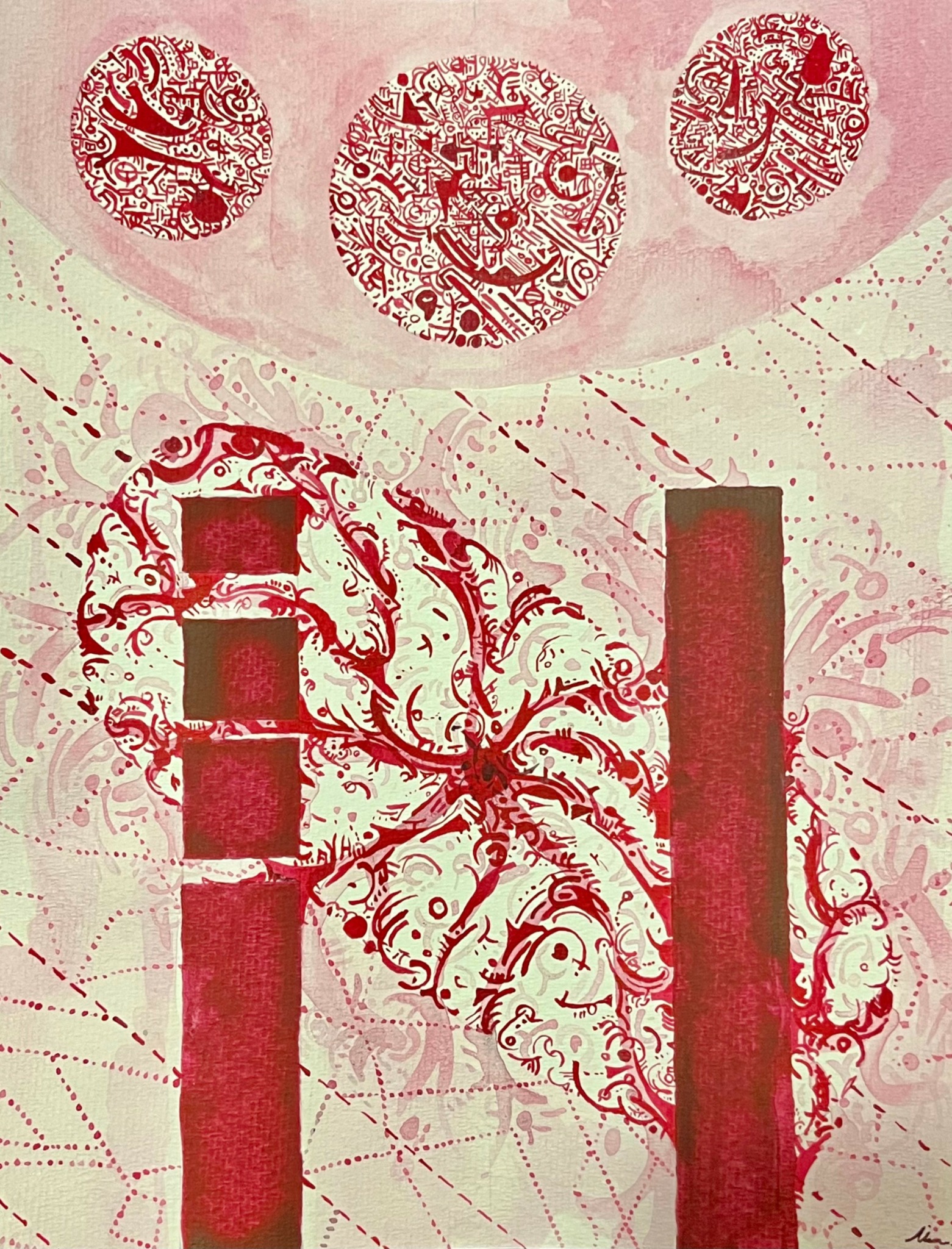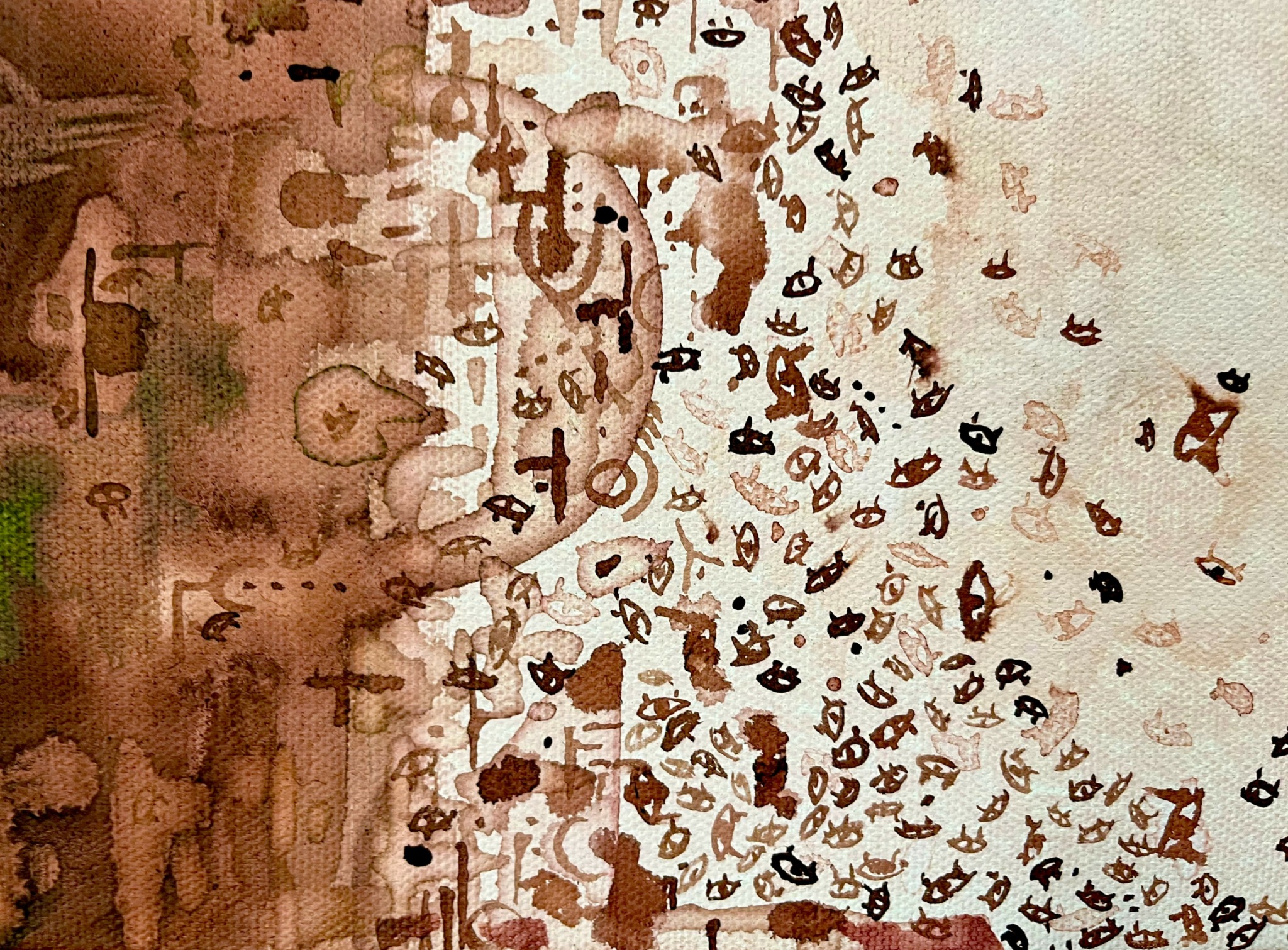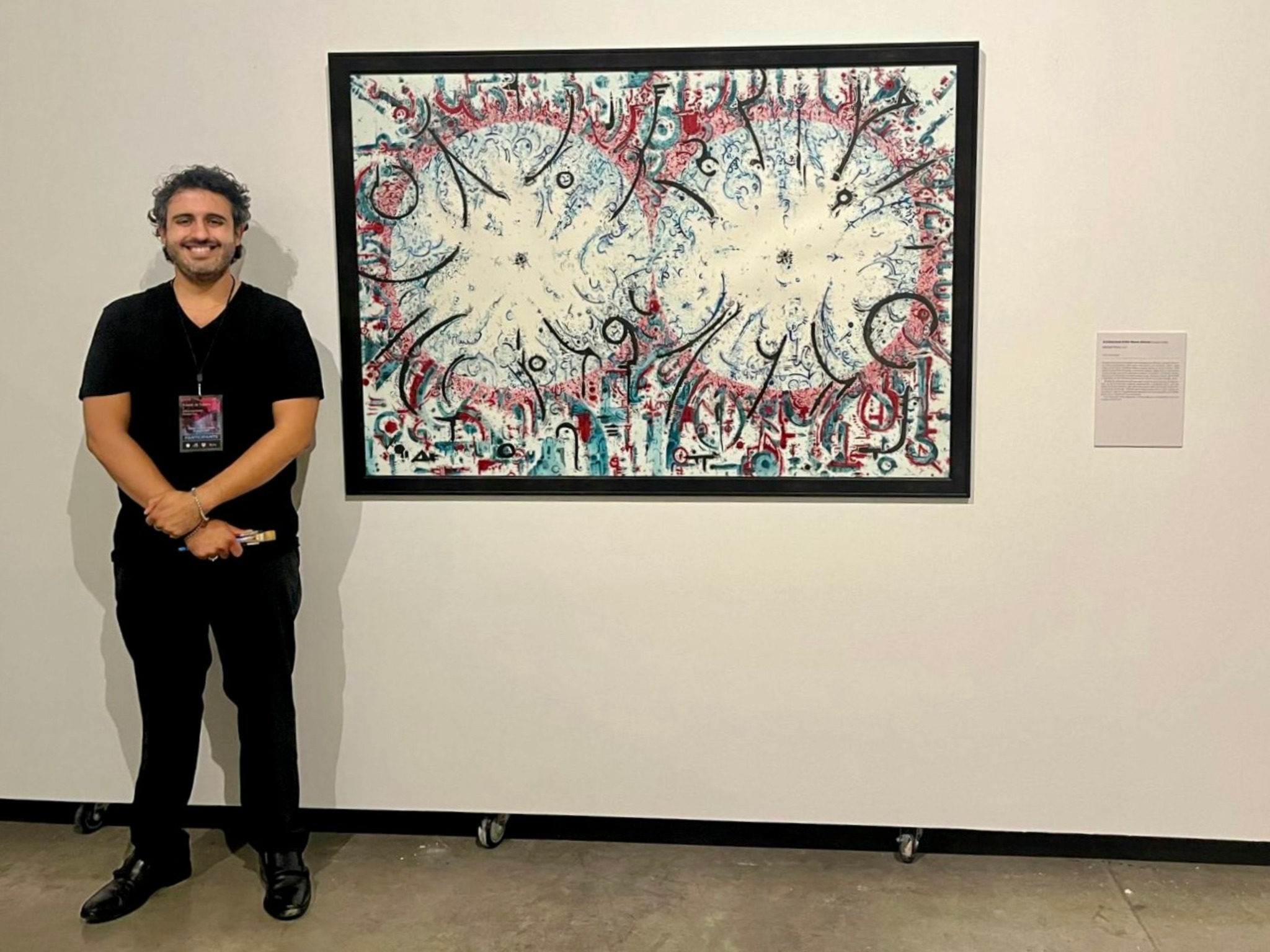We’re excited to introduce you to the always interesting and insightful Alvaro Alvarez. We hope you’ll enjoy our conversation with Alvaro below.
Alright, Alvaro thanks for taking the time to share your stories and insights with us today. We’d love to hear about a project that you’ve worked on that’s meant a lot to you.
The most meaningful project I’ve worked on is “46 Renacimientos.” This initiative is special to me because it originates from my own vision, rather than being a response to an external request. It reflects a deep commitment to narrate the story of the Baja California coast phenomena, and it has been a decade in the making.
My journey on this project began in 2013 when I interned with my grandfather, Luis Bustamante, in Tijuana, Mexico. My task was to document forty-six buildings that were abandoned midway through construction along a 90-mile stretch of beach highway from the San Diego border to Ensenada. As an architecture student, I found the research aspect stimulating and insightful, culminating in a publication by Cornell’s Medium.
I was eager to share the story of these structures in 2023 because by then, my grandfather had successfully sold all the forty-six towers through his real estate firm after a decade of relentless effort to revitalize them. I admire his tenacity, and was thrilled that these buildings were receiving a second chance at life—a concept encapsulated in the name “renacimientos,” meaning rebirth in Spanish.
The narrative behind these forty-six buildings is unique. They were part of Baja’s largest development project, COCOTREN (Coastal Corridor Tijuana-Rosarito-Ensenada), initiated in 2008 and valued at $3 billion. The COCOTREN project promised 12,500 homes and 65,000 jobs, making its abrupt halt during the 2008 global financial crash particularly disheartening. While interrupted construction sites are not uncommon around the world during recessions, these monumental concrete and steel towers sat frozen in time on beautiful beaches for over a decade.
Years later, I relocated back to San Diego and became a visual Artist. 2023 was the 10-year anniversary of my original research and the 15-year anniversary since the buildings were abandoned. Although I had only been practicing as an artist since 2020, I felt a strong urge to create my own projects, moving beyond responding to calls for submissions or commissions. This reflection gave rise to “46 Renacimientos,” a series of forty-six sculptures, each representing one of the abandoned buildings in the COCOTREN.
I first presented my artwork on the Day of the Dead in Rosarito, at one of the previously abandoned sites, which is now undergoing renovation. It felt important to connect this project with Mexican spirituality and use art to celebrate the resilience of the community through architectural redevelopment. This year, “46 Renacimientos” will be showcased in the United States for the first time in San Ysidro, California, as part of the World Design Capital’s Endorsed Community Initiatives. I am beyond excited to share this story of strength and hope with the world through my artwork.


Great, appreciate you sharing that with us. Before we ask you to share more of your insights, can you take a moment to introduce yourself and how you got to where you are today to our readers.
I’m happy to share my story! Born in San Diego, California, and raised in Tijuana, Mexico, I’ve always straddled both sides of the border. After earning a Bachelor of Architecture from Cornell University in 2015, I spent five years working as an architect in Manhattan, completing two major projects. In 2019, I returned to San Diego and Tijuana, where I initially worked in my family’s commercial real estate business before launching my own studio, “Architectural Artist Alvaro Alvarez,” in 2020, just before the pandemic began.
My journey into this field started when I was just eight years old. Growing up in San Diego and Tijuana, I loved hand-drawing buildings in my school notebooks, using graphite to create elevations and floor plans. As a teenager, I focused on classical art—drawing portraits, landscapes, and perspectives. In college, I honed my skills in technical drafting and axonometric design, mastering hand-drawing, physical model-making, and computer drafting. As a professional architect in New York, my drawings evolved into coordination diagrams that ensured construction matched design intent.
Art has always been my gateway to architecture. While I enjoyed the collaborative aspects of construction and leading design teams, I yearned for the opportunity to create my own vision. Founding my studio allowed me to embrace that desire. As an artist, I have the creative freedom to explore and share important stories—especially those related to our border and architectural experiences. My background in design equips me to organize my artistic intentions clearly, enabling audiences to connect with my work on both personal and collective levels.
What sets me apart is my unique blend of architectural knowledge and artistic expression. I strive to create works that resonate emotionally while provoking introspection about the spaces we inhabit and the stories they tell. I am proud of my ability to bridge these two worlds and share narratives that matter to me and my community. I want potential clients, followers, and fans to know that my artwork is not just about visual impression; it’s about meaningful engagement and storytelling. I aim to create art that invites deep reflection and connection, fostering a strong understanding of our built environment and its cultural significance.


How can we best help foster a strong, supportive environment for artists and creatives?
In one word: value. Art holds tremendous significance in our lives—it entertains, sparks imagination, and helps us navigate difficult realities. This became especially clear during the pandemic when we turned to science for solutions, and creativity for hope; whether through cooking, music, writing, or my own passion for “architectural art,” which merges both disciplines.
What can society do to support artists? One straightforward action is to choose to buy local art. This applies to communities worldwide and includes not just “commercial” pieces but also works that hold personal significance for the artists. Even small investments can have a tremendous return, enriching our collective culture and allowing cities to grow in a healthy, sustainable way.
Taking my community as a local example, Tijuana is a vibrant city filled with youthful energy, including many migrants who are acutely aware of the region’s complexities, such as the border economy, organized crime, and a rich culinary culture. This unique built and lived landscape fosters innovative artistic endeavors and strengthens local identity. However, artists in Tijuana face financial sustainability challenges, especially given that many rents are priced in U.S. dollars, while local art collectors often have limited budgets.
On the north side of the border, San Diego has made significant investments in public art, making it accessible to all communities, regardless of income. This commitment positions the city as a destination for world-class art festivals and events, exemplified by this year’s designation as World Design Capital. San Diego nurtures its artists similarly to how we invest in oceanography or wildlife conservation, recognizing their importance to our community.
Yet, despite this energetic support, the cost of living continues to pose challenges for artists on both sides of the border. Many are forced to juggle multiple jobs with long commutes, which leaves them with limited time and energy for their creative pursuits, often leading them to abandon their projects or even leave the area as it has happened in San Diego.
To truly support our creative ecosystem, civic planning should prioritize whether our cities are places where artists can afford to live and work. If we neglect this, we risk the extinction of our creative community, which would have lasting negative effects on our culture. Embracing the true value of meaningful art is crucial for its survival, and starting with our immediate community can lead to the positive global outcomes we all need.


We’d love to hear a story of resilience from your journey.
Certainly! My journey has been anything but linear, filled with unplanned changes and difficult setbacks, yet I have never faced it alone. Many of my challenges stem from within, as I continue to learn how to balance my eagerness and curiosity with my mind and body’s limits.
One of my earliest challenges was learning English. Fortunately, I was young, and after years of tutoring in middle school, I was able to overcome it. Throughout my childhood and into my early professional life, I had very clear goals: to become an architect, building towers and hotels. This focus served me well as a student at Cornell University and later as an architect at the Rockwell Group. I’m blessed to say I achieved my dreams, notably with projects like the 15 Hudson Yards tower in Manhattan and the Riviera Maya EDITION hotel in Riviera Maya with Ian Schrager.
However, it was only after I stepped back from these relentless pursuits that I realized the toll they had taken on my health. Despite my accomplishments, I had neglected my well-being and faced the necessity of making a difficult change.
Thanks to my loving mother and my faith, I received the message in time to prioritize my health. Being at home during the pandemic, surrounded by family, provided me with much-needed peace of mind. Changing careers became essential for my growth and evolution. While architecture and art share similarities—especially for someone like me who engages with both closely—I felt it was important to consciously respect the artistic profession by making this official transition.
With my family’s support, I enrolled in new classes, connected with the local creative community, and organized my own art shows, proudly establishing myself as an artist in our binational home. Even today, after years of personal development, I still grapple with vulnerabilities and occasional self-destructive patterns. I recognize the importance of ongoing therapy and support, learning to ask for help while building my personal and professional confidence. This journey enables me to thrive as an artist while savoring the beauty of life.
Contact Info:
- Website: https://www.alvaroaalvarez.com/
- Instagram: art_alvaroalvarez
- Facebook: https://facebook.com/ArtAlvaroAlvarez
- Linkedin: https://linkedin.com/company/alvaroalvarez
- Youtube: @artalvaroalvarez
- Other: TikTok: Art_AlvaroAlvarez


Image Credits
El Gran Rex Studio (Primary Photo)


